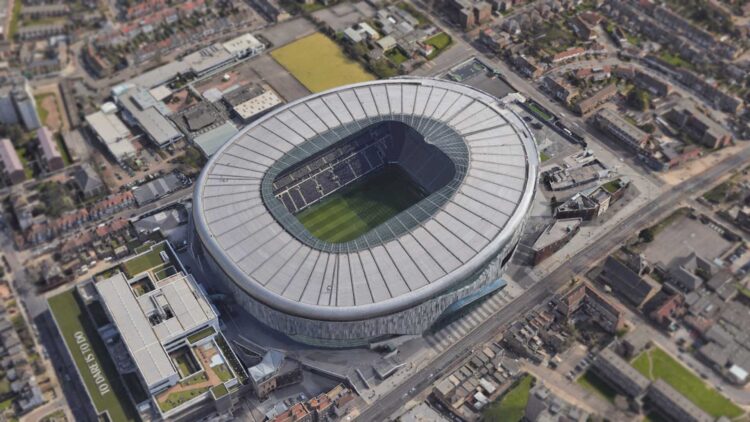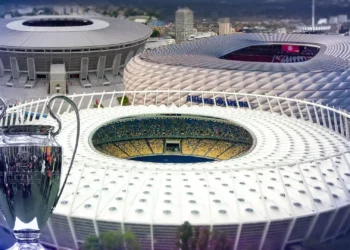England, a nation with a rich history in sports, particularly football, boasts some of the most iconic and expensive stadiums in the world. This article explores the most expensive stadiums in England, delving into their costs, features, and the role they play in the country’s sporting culture.
Etihad Stadium
Cost: £150 million (initial construction) + £60 million (expansion)

The Etihad Stadium, home to Manchester City, was originally built for the 2002 Commonwealth Games at a cost of £150 million. After the games, it was converted into a football stadium and has since undergone several expansions and improvements, with an additional £60 million spent on these upgrades. The current capacity is 53,000, making it one of the largest stadiums in the Premier League.
The Etihad Stadium features modern facilities and has become a focal point for the Etihad Campus, which includes the club’s training ground and academy. The stadium is known for its excellent atmosphere, especially during key matches, and it has played a crucial role in Manchester City’s recent successes.
___________________________________________________
London Stadium
Cost: £486 million
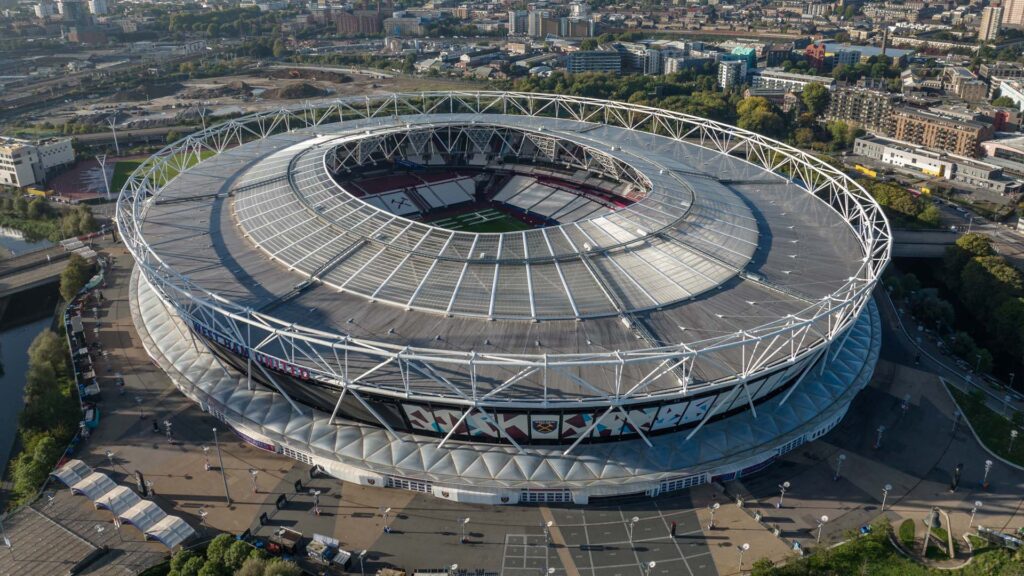
Originally built for the 2012 London Olympics, the London Stadium is now home to West Ham United. The stadium underwent significant redevelopment after the Olympics, with a total cost reaching £486 million. It has a seating capacity of 60,000 for football matches and can be adjusted to host various other events, including athletics and concerts.
The London Stadium’s design allows for flexibility, with retractable seating that brings fans closer to the action during football matches. Its location in the Queen Elizabeth Olympic Park adds to its appeal, providing excellent transport links and a vibrant surrounding area. The stadium stands as a legacy of the London 2012 Olympics, continuing to serve the community and sports fans alike.
___________________________________________________
Emirates Stadium
Cost: £390 million
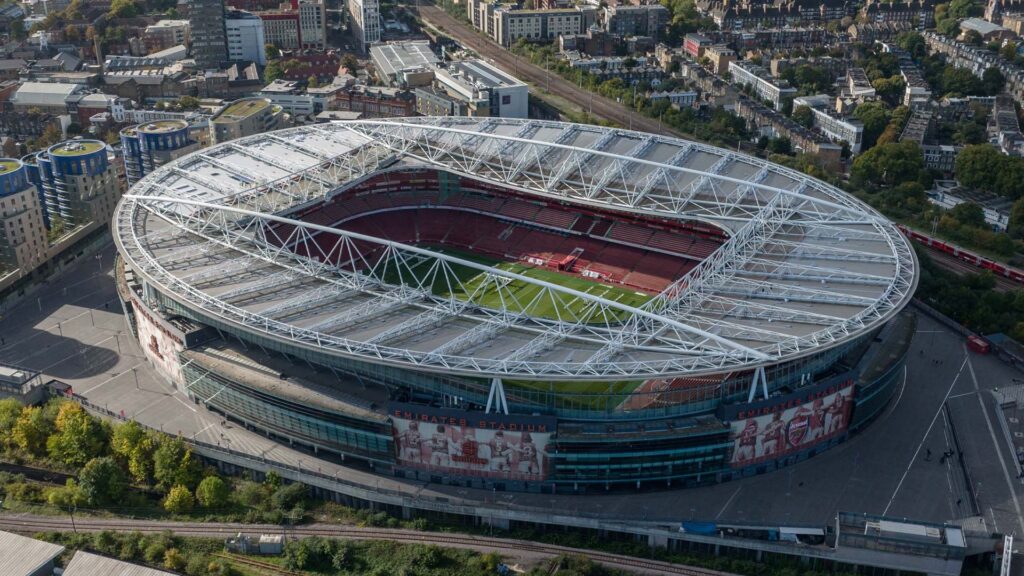
Home to Arsenal Football Club, the Emirates Stadium was opened in 2006 and cost approximately £390 million. With a capacity of 60,260, it is the fourth-largest football stadium in England. The stadium is known for its sleek design and excellent sightlines, providing fans with an immersive experience.
The Emirates Stadium features state-of-the-art facilities, including premium hospitality suites, modern changing rooms, and a dedicated media center. It also houses the Arsenal Museum, which showcases the rich history of the club. The move to the Emirates Stadium marked a significant upgrade from Arsenal’s previous home, Highbury, allowing the club to increase its matchday revenue and compete at the highest level.
___________________________________________________
Tottenham Hotspur Stadium
Cost: £1 billion
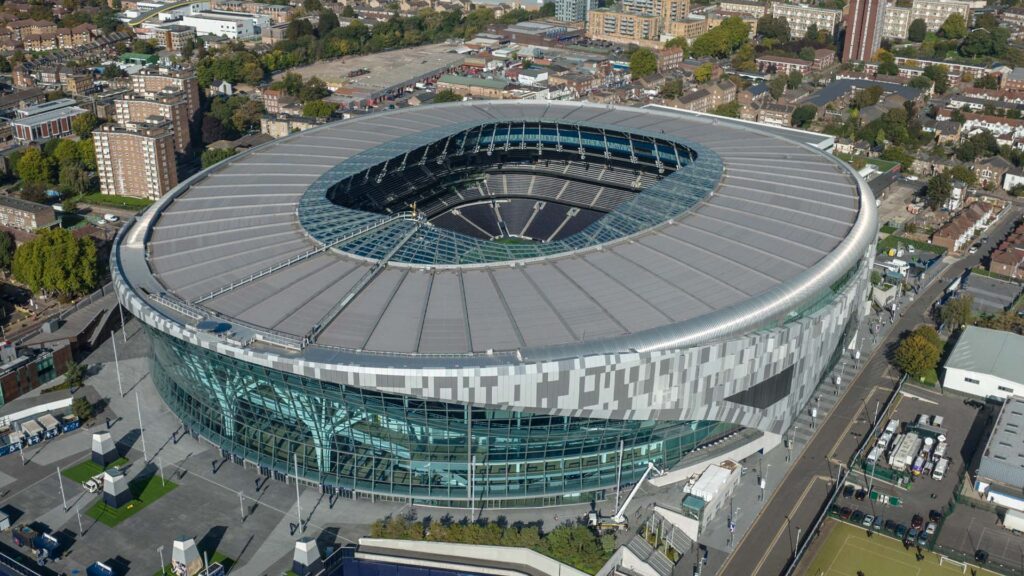
Opened in April 2019, Tottenham Hotspur Stadium is one of the most technologically advanced and expensive stadiums in the world. With a staggering cost of £1 billion, it represents a significant investment in the future of football. The stadium has a seating capacity of 62,850, making it one of the largest in the Premier League.
The stadium features a retractable pitch, which can switch between natural grass for football matches and an artificial surface for NFL games, concerts, and other events. This versatility makes it a multi-purpose venue. Additionally, the stadium boasts a microbrewery, a sky walk experience, and the longest bar in Europe, the 65-meter-long Goal Line Bar.
___________________________________________________
Wembley Stadium
Cost: £789 million

Wembley Stadium, often referred to as the “Home of Football,” is the most expensive stadium in England. The original Wembley Stadium, opened in 1923, was an iconic venue until it was demolished in 2003. The new Wembley Stadium, opened in 2007, stands as a testament to modern engineering and design. With a seating capacity of 90,000, it is the largest stadium in the UK and the second-largest in Europe.
Key features of Wembley include the iconic arch, which spans 317 meters and rises 133 meters above the stadium, and the retractable roof. Wembley is not only a football venue but also hosts rugby matches, concerts, and other major events. Its significance is underscored by its status as the venue for the FA Cup Final, the League Cup Final, and England’s national football team matches.
___________________________________________________
From the historic Wembley Stadium to the state-of-the-art Tottenham Hotspur Stadium, each of these arenas offers a unique blend of architectural brilliance, modern technology, and rich cultural significance.

